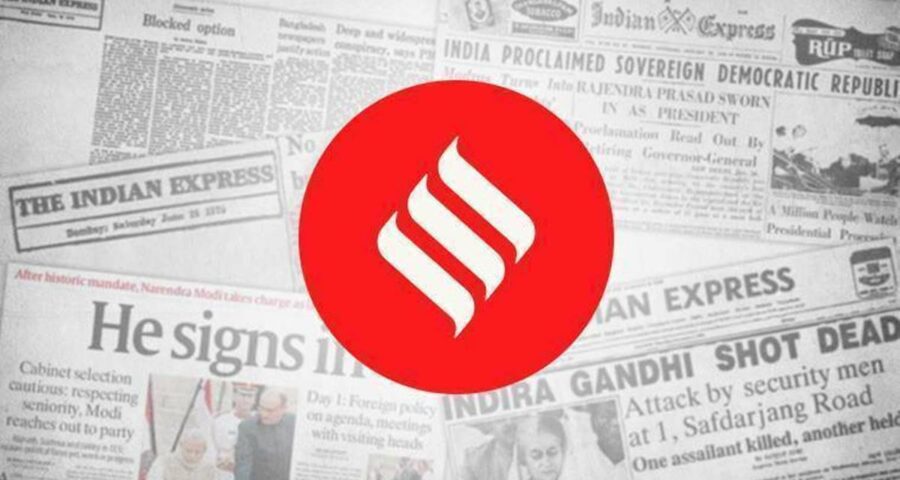The grime and sweat that find their way into much-loved roadside snacks are part of their flavour profile and, whether you admit it or not, among the reasons you keep going back for more.
You could fight over the best way to make chai — how much milk to add, what leaves to use, whether to use ginger or cardamom. But the one thing everyone can agree on is that no homemade cuppa comes close to the tapriwale bhaiyya’s fragrant, full-bodied “cutting”, served hot in a chipped glass. And while you could study your favourite chai vendor’s tricks diligently, one reason you can never get that exact taste could be down to something as basic — and as overlooked — as the water.
As it turns out, purified water is not ideal for chai-making. It may even be to blame for the sweet, milky, brown liquid that you end up drinking in place of the strong, refreshing brew that you crave. Researchers at ETH Zurich have found that certain minerals responsible for water hardness can cause a film to appear on the surface of tea, thus trapping aromas that might otherwise escape and cause a depletion of flavour. Meaning that the purer the water, the less tasty your tea.
This, of course, vindicates those who have long held that “pure” is not “best”, especially as far as food is concerned. And it could explain why, despite the proliferation of “Bisleri” chaats and artistically plated, upmarket versions of bhelpuri and vada pav, we would rather crowd around our favourite purveyor of street food, who accepts cash with the same food-stained hands that he uses to cook. As many have theorised — those with weak stomachs may stop reading here — the grime and sweat that find their way into much-loved roadside snacks are part of their flavour profile and, whether you admit it or not, among the reasons you keep going back for more. Pure water? Pshaw! Let’s have some slightly-fermented golgappe ka paani, please.
This editorial first appeared in the print edition on September 10, 2021 under the title ‘The tasty truth’.
Source: Read Full Article


